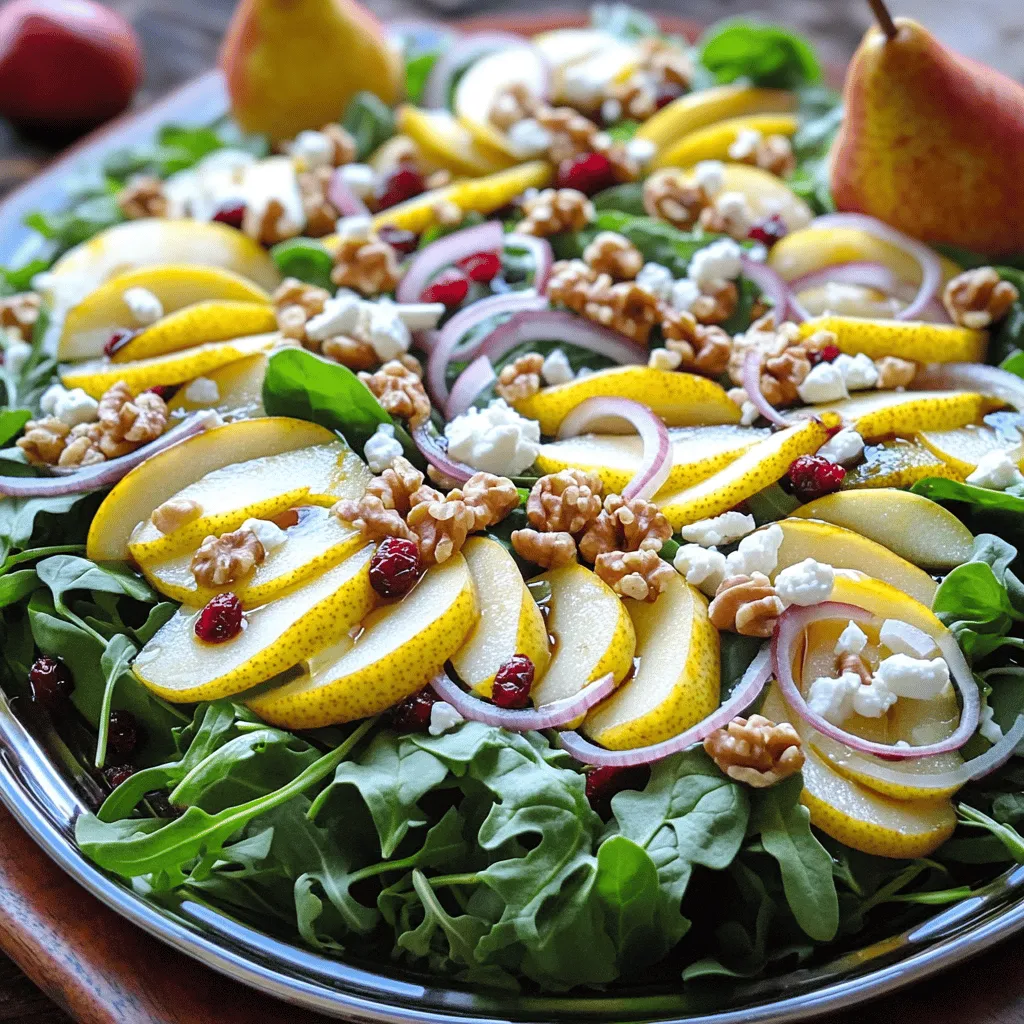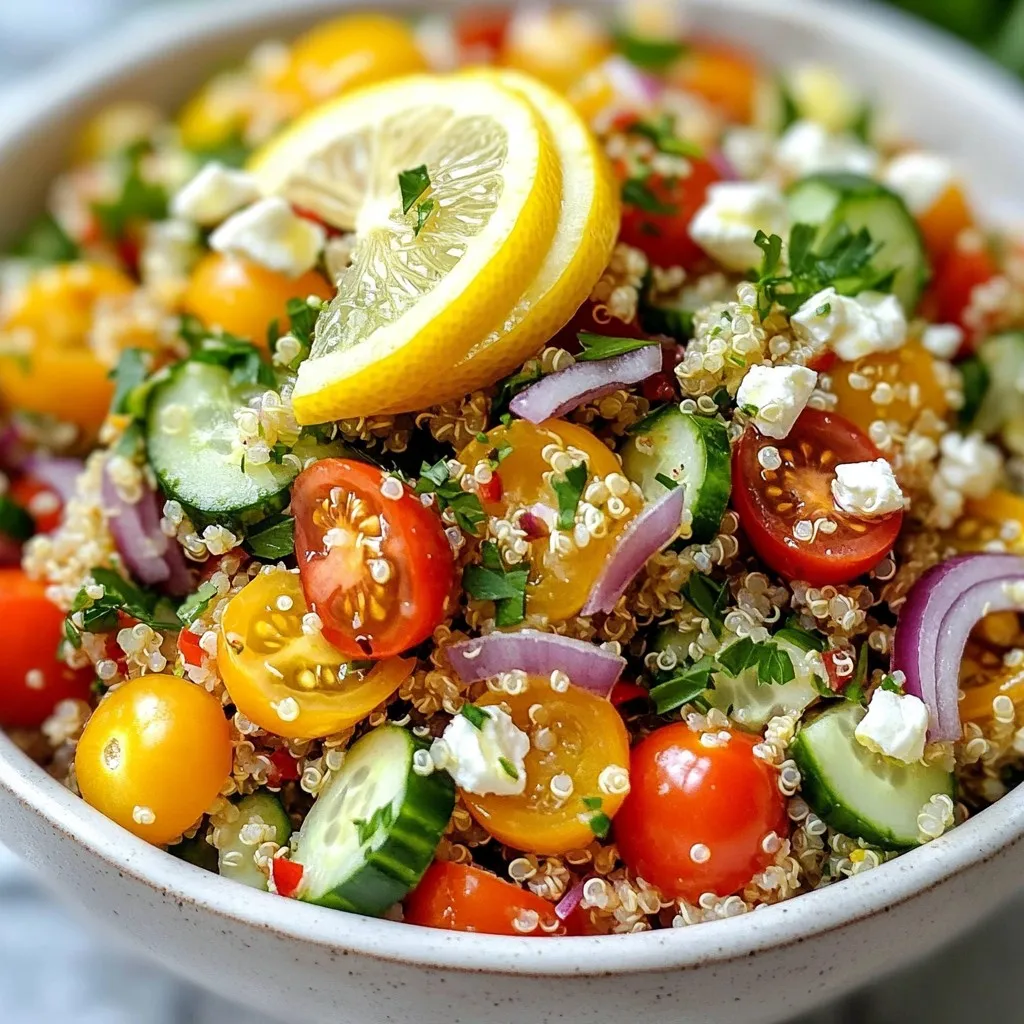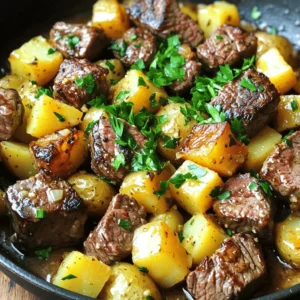My Latest Drinks
Chocolate Raspberry Protein Smoothie Delightful Treat
If you love a delicious and nutritious treat, you’ll adore my Chocolate Raspberry Protein Smoothie! This delightful blend packs a Read Full RecipeStrawberry Cheesecake Smoothie Refreshing and Creamy
Looking for a creamy, refreshing treat? You’ve come to the right place! This Strawberry Cheesecake Smoothie blends fresh strawberries, rich Read Full RecipeTropical Mango Smoothie Bowl Fresh and Flavorful Recipe
Are you craving a refreshing and delicious treat? This Tropical Mango Smoothie Bowl is bursting with flavors that transport you Read Full RecipeStrawberry Mango Smoothie Bowl Refreshing Breakfast Treat
Start your morning right with a Strawberry Mango Smoothie Bowl! This bright and tasty treat is perfect for breakfast or Read Full RecipePumpkin Spice Coffee Frappe Irresistible Fall Treat
As fall approaches, cozy treats beckon, and nothing captures that essence quite like a Pumpkin Spice Coffee Frappe. This delicious Read Full RecipeMango Pineapple Smoothie Fresh and Delicious Recipe
Are you ready to embark on a tropical taste adventure? My Mango Pineapple Smoothie recipe combines ripe mango, fresh pineapple, Read Full Recipe
My Latest Appetizers

Yummy!
Appetizers Recipes..
Pear Walnut Salad with Feta Fresh and Flavorful Dish
If you’re looking for a fresh and tasty dish, you’ve found it! This Pear Walnut Salad with Feta combines sweet pears with crunchy walnuts…

hey,
i’m !
I’m so happy you’re here!
I’ve poured heart and skill into recipes that are ready to delight you. Come along and let’s relish this culinary adventure!
My Latest Dinners

Yummy!
































